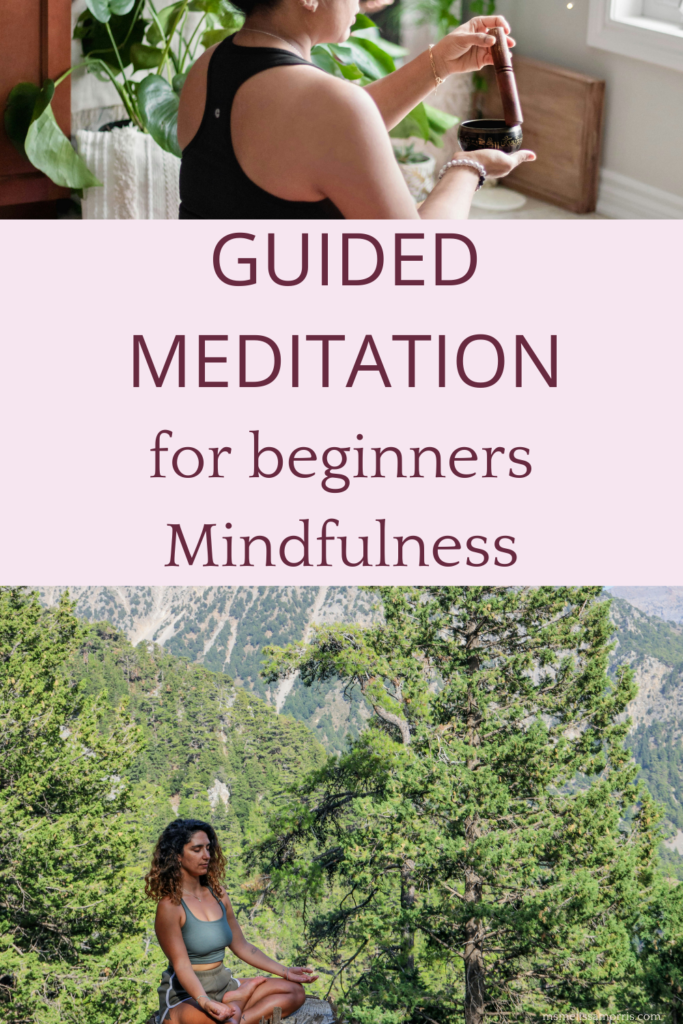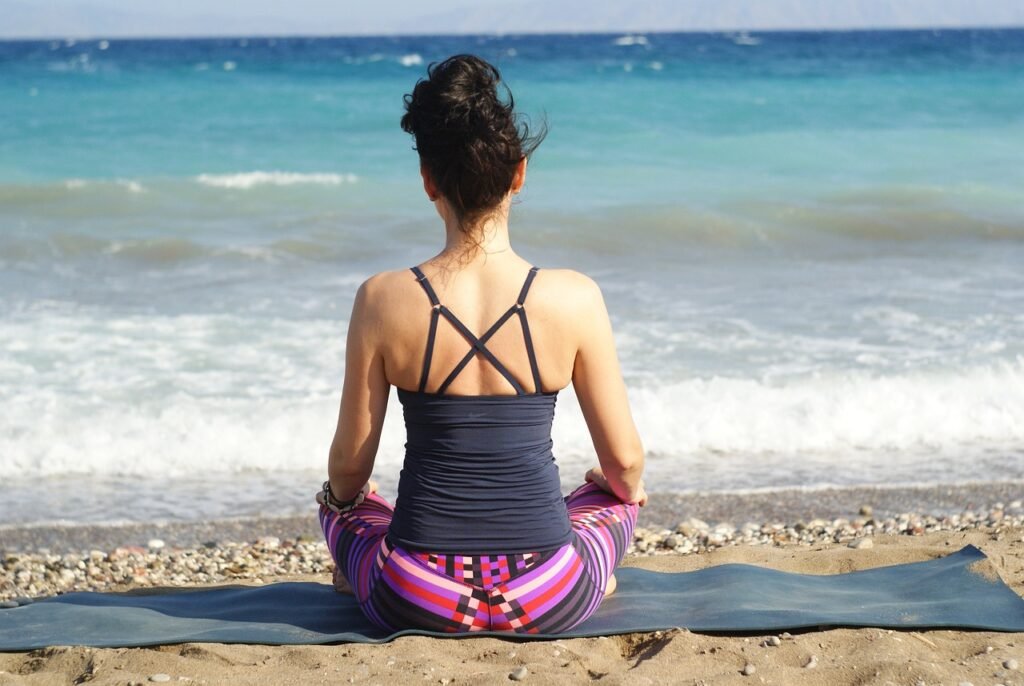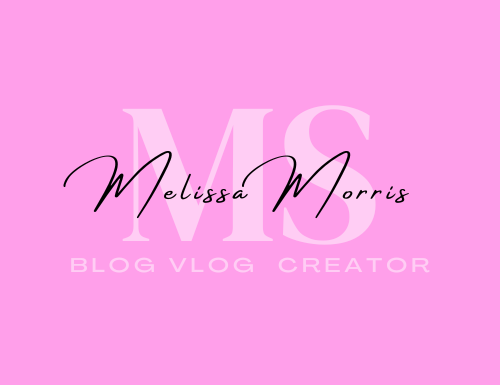This post may contain affiliate links which means we may receive a commission for purchases made through links. Read more on our Privacy Policy.
Table of Contents
How to do Guided meditation for beginners ?
Are you seeking a great way to take a break from the stresses of your life and reap the many physical and mental health benefits of meditation? Or maybe you tried to meditate a few times and found it difficult to stay focused? Don’t worry, you’re not alone and it’s easier than you think to start and keep a meditation practice. This post will explain the basics of guided meditation for beginners, and provide actionable tips and tricks to help you begin and keep a regular meditation practice.

What are the top 5 simple steps to Guided meditation for beginners?
1. Benefits of Guided Meditation for Beginners
Meditation has many benefits, including reducing stress, improving focus, and reducing anxiety and depression symptoms. Additionally, meditation has been shown to improve the quality of life by increasing happiness, reducing depression and anxiety, and reducing chronic pain.
One of the most important benefits of meditation is that it reduces stress. People who practice meditation often report feeling less stressed and anxious. This is likely because meditation helps you to focus on your breath and relax your mind.
Meditation also improves your focus and concentration. When you meditate, you learn to control your attention and focus on a single task. This skill can be helpful when you need to focus on schoolwork or other projects and activities.
2. Preparing to practice Guided Meditation for beginners
To make your meditation practice comfortable here are the equipment and yoga props to help you along your meditation practice. You can Buy these as A gift for A friend or family member that you would think they would like to use if they are practicing meditation or learning how to practice for A beginner. Read the great reviews over 450 people have positive feedback.
It can be daunting to try and meditate for the first time. Here are a few tips to help you get started:
- Make a space for yourself. Whether you are using a traditional meditation bench or sitting in a comfortable position, find a place where you will be able to focus.
- Set a timer for a short period and begin by sitting in stillness for that time.
Once you have completed your timer, begin to focus on your breath. Take a few deep breaths in and out and focus on the sensations of air moving in and out of your lungs.
- Gradually begin to let go of all the worries and stress.
3. Different Types of Guided Meditation for Beginners.
There are many different types of meditation, but all of them aim to achieve a state of calm and focused awareness. Some popular types of meditation include:
- Mindfulness meditation: This type of meditation involves focusing on your present moment experience and paying attention to your thoughts and feelings, but without getting pulled into negative or obsessive thoughts.
- Tibetan Buddhism meditation: This type of meditation is based on a series of exercises designed to promote inner peace and focus.
- Vipassana meditation: This type of meditation is based on the Buddhist practice of mindfulness, but it also focuses on the body and the breath.
- Zen

4. Important Tips for Getting Started
To begin meditation, find a comfortable place to sit or recline in. Close your eyes and take a few deep breaths to center yourself. When you are ready, begin by focusing your attention on your breath. Breathe in and let go of any thoughts or feelings that come up. Breathe in and out, focusing on your breath.
If you find your mind wandering, gently bring your attention back to your breath. When you finish your meditation session, slowly open your eyes and take a few deep breaths to center yourself.
Remember, meditation is a practice that you can gradually increase in intensity and duration over time. There is no rush.
5. Making Guided Meditation for Beginners a Habit
Making meditation a habit can be a really helpful way to reduce stress, improve your concentration, and increase your mindfulness. Here are a few tips to help make meditation a habit:
-
- Make time for it every day. The best way to make meditation a habit is to make time for it
- every day. If you can find five minutes every day to sit and focus your thoughts, it will be a great start.
- Set simple guidelines. When you first start meditating, it can be easy to get lost in your thoughts. Make sure to set simple guidelines for yourself, such as focusing on your breathing or repeating a mantra.
How do I Start Guided Meditation for Beginners?
Meditation is a practice that can be started anywhere, at any time. You don’t need any special equipment or settings to start meditating. You can find guided meditations and mindfulness exercises online or in books or audio recordings.
To begin meditating, find a comfortable place to sit or lie down, and relax your body and mind. Try to remain still and focused for a few minutes, without any thoughts or distractions. You can start with a few minutes each day, and gradually increase the time as you become more comfortable and confident with the practice.
Have you ever wanted to learn what meditation is and how to do it? Maybe you have friends and family members who love to practice meditation. There are many great reasons why meditation is so popular. Start your meditation simply.
Decide A time and place that you are available to practice your meditation daily. Your space should be clean, neat, and clutter-free. Feel free to burn some incense or sage and open a window. Set the mood for your meditation session. Make sure that your mind is available for meditation. By becoming aware of your breath and body. Tuning into yourself focusing on your breath. Before you start to do your practice, get your environment and attitude prepared for your meditation practice. Where you meditate, your schedule, routine, and physical and mental health must all be ready to align with your guided meditation for beginners.
Ideally, the best times to meditate are during the early start of the day in the morning time between three o’clock am and five o’clock am. Meditation can also be done during mid-day or at the end of your day during the evening times also. It is during the morning time that the world is quiet. Meditation is A good way to start your day off in A positive way. In Sanskrit, this is called Vedanta and Dhyana. Meditation cannot be taught, it is something A yogi does not have to teach. Just as sleep cannot be taught. You fall asleep. The same applies to when you are
practicing meditation, you fall into the stillness of your mind. Naturally, you will begin to be aware of your mind. Meditation will come by itself. Silence requires daily practice.
Guided meditation for beginners and experienced meditators may find these useful as well.
- Consistency of time, place, and practice.
- The most beneficial times to practice meditation are early dawn and dusk. You must keep your meditation practice regular.
- Try to have A separate room or place where you can practice guided meditation for beginners.
- When you are beginning guided meditation for beginners sit in A comfortable crossed-legged position facing north or east.
- Bring your attention and focus to your mind. Being aware of your thoughts, observe and let go of the past present, and future tense. Start with A prayer.
- Breathe deep abdominal breaths for five minutes. Be conscious and aware of your breath regulation.
- Rhythmic breath. Inhale for three seconds, and exhale for three seconds. Through your nostrils only with your mouth closed and facial muscles relaxed.
- Notice your thoughts. Keep your awareness on your breath. Focus and concentrate.
- Do not force your mind and thoughts to be still. Just watch like A movie and let your thoughts wander.
- Focus and visualize the third eye focal point for intellectual types. For those of you who are more emotional, bring your visualization to your heart center. This will help you concentrate.
- Focus on an uplifting object or symbol. Or mantra.
Repetition will lead to pure thought, then merge sound and thought vibration, if using
- Your mantra.
- Reach the superconscious state, be patient it takes time to achieve.
You start with twenty-minute meditation sessions and then should gradually increase the time you meditate for up to an hour.
Mystics, saints, and gurus, all teach these Eastern teachings of meditation and breath.
Keep your guided meditation for beginners practice consistent, you will be more blissful inside and feel peace. Your spiritual strength will radiate. Life will be easier for you.
Guided Meditation for beginners can be practiced sitting down, lying down, walking, or even reading A book.
Good posture is essential during your meditation practice.
This will help your energy flow through your meridians, nadis, energy channels, or chakras. You have 72,000 nadis in the human body.
When you are in meditation there is A constant observation of the mind. Meditation is a state of consciousness.
There can be thoughts in our mind, that are negative and bring us down. One of the purposes of meditation is to create new positive brain waves and to eradicate destructive thoughts.
When you practice meditation you want to strive to develop love, compassion, kindness, cheerfulness, A sense of service, and be a happy person.
Serve humanity and others by being light and change you want to be, so people will feel your uplifting energy.
Your intuition will be clear, and you will be more humble and have less ego. This is what leads to A life of peace and wisdom.
Your overall well-being will improve. Meditation has something to offer to everybody. Take your practice seriously and with calm. Have a blessed day! Happy meditating.
Meditation is a powerful and effective way to reduce stress, improve focus and clarity, and create lasting benefits for your physical and mental health.
With the information and tips provided in this post, you now have a great start to beginning and keeping a regular meditation practice.
FAQ
What is guided meditation?
Guided meditation is a process where a guide or instructor leads you through the meditation practice. It often involves instructions on how to relax, focus your mind, and visualize peaceful scenes or positive thoughts. The guide’s voice helps direct your attention and keep you engaged, making it easier for beginners to meditate.
What are the benefits of guided meditation?
Guided meditation offers numerous benefits, including reduced stress, improved focus, better emotional health, enhanced self-awareness, and better sleep. It can also help manage symptoms of anxiety and depression, improve physical health by lowering blood pressure, and promote overall well-being.
How do I start with guided meditation as a beginner?
Starting with guided meditation is simple. Choose a quiet, comfortable place where you won’t be disturbed. Find a guided meditation audio or video that suits your needs—many apps and websites offer free options. Sit or lie down comfortably, close your eyes, and follow the guide’s instructions. Start with shorter sessions, around 5-10 minutes, and gradually increase the duration as you become more comfortable.
What should I expect during a guided meditation session?
During a guided meditation session, expect to be led through various relaxation techniques, such as deep breathing and progressive muscle relaxation. The guide may ask you to visualize calming scenes or focus on positive affirmations. It’s normal for your mind to wander; gently bring your focus back to the guide’s voice without judgment.
How often should I practice guided meditation?
Consistency is key. Aim to practice guided meditation daily, even if it’s just for a few minutes. Regular practice helps build a habit and enhances the benefits over time. Start with a few times a week and gradually increase the frequency as you become more comfortable with the practice.

This post may contain affiliate links which means we may receive a commission for purchases made through links. Read more on our Privacy Policy.

